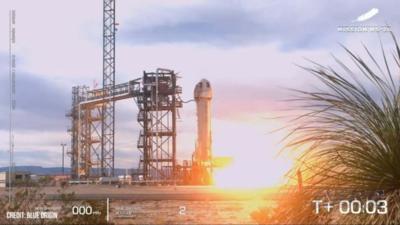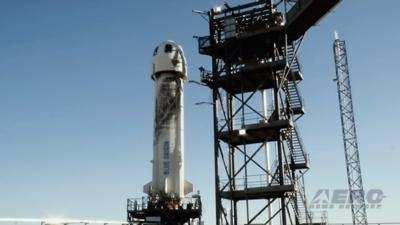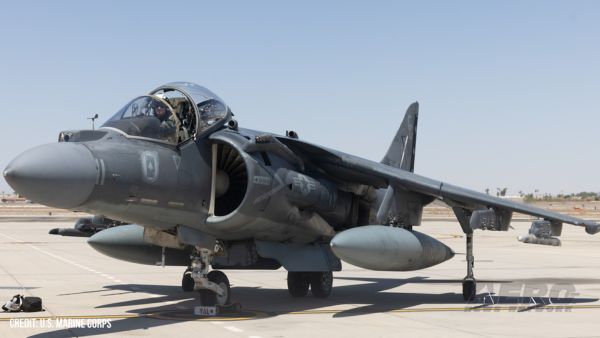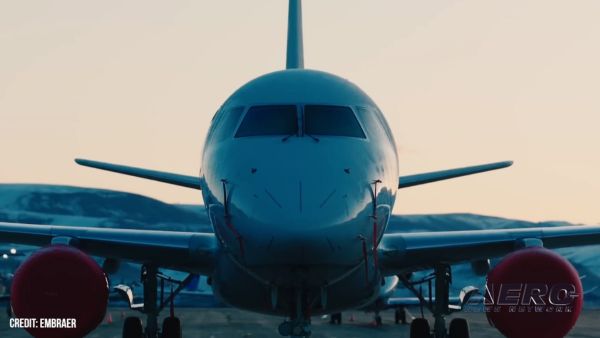Wed, Aug 20, 2025
Advertisement
More News
 ANN's Daily Aero-Term (08.20.25): LORAN
ANN's Daily Aero-Term (08.20.25): LORAN
LORAN An electronic navigational system by which hyperbolic lines of position are determined by measuring the difference in the time of reception of synchronized pulse signals from>[...]
 ANN's Daily Aero-Linx (08.20.25)
ANN's Daily Aero-Linx (08.20.25)
Aero Linx: International Federation of Air Traffic Controllers' Associations (IFATCA) IFATCA is the global voice of Air Traffic Controllers. It furthers air traffic safety, influen>[...]
 Aero-News: Quote of the Day (08.20.25)
Aero-News: Quote of the Day (08.20.25)
“The advantages of electric aviation were immediately clear to every passenger—no noise, no vibration, no emissions, reduced maintenance, and minimal downtime—an >[...]
 NTSB Prelim: Piper J5C
NTSB Prelim: Piper J5C
About 20 Minutes Into The Flight, The Engine Started To Surge On August 1, 2025, about 1330 eastern daylight time, a Piper J5C, NC 28151, was substantially damaged when it was invo>[...]
 Aero-FAQ: Dave Juwel's Aviation Marketing Stories -- ITBOA BNITBOB
Aero-FAQ: Dave Juwel's Aviation Marketing Stories -- ITBOA BNITBOB
Dave Juwel's Aviation Marketing Stories ITBOA BNITBOB ... what does that mean? It's not gibberish, it's a lengthy acronym for "In The Business Of Aviation ... But Not In The Busine>[...]
blog comments powered by Disqus





